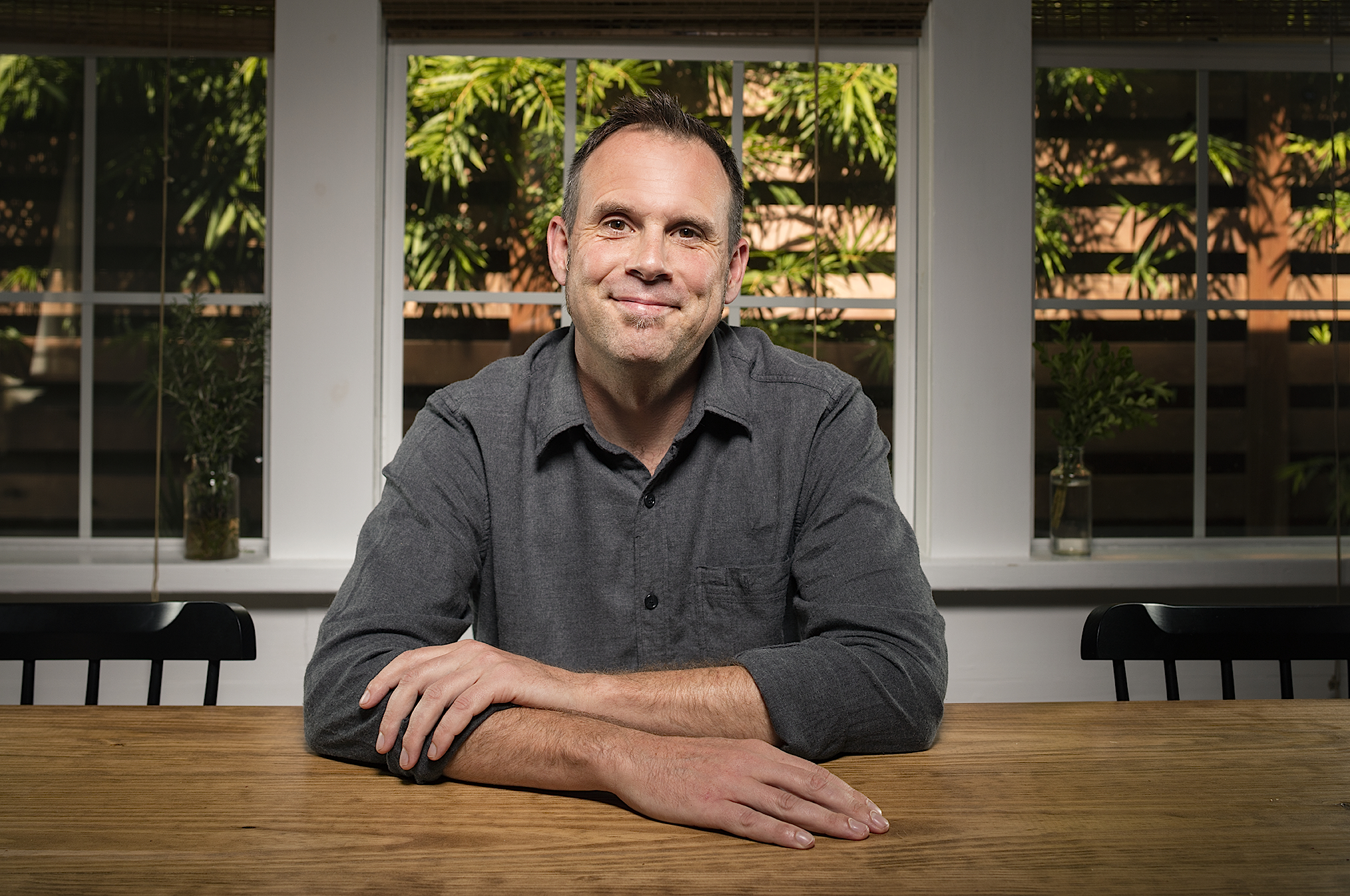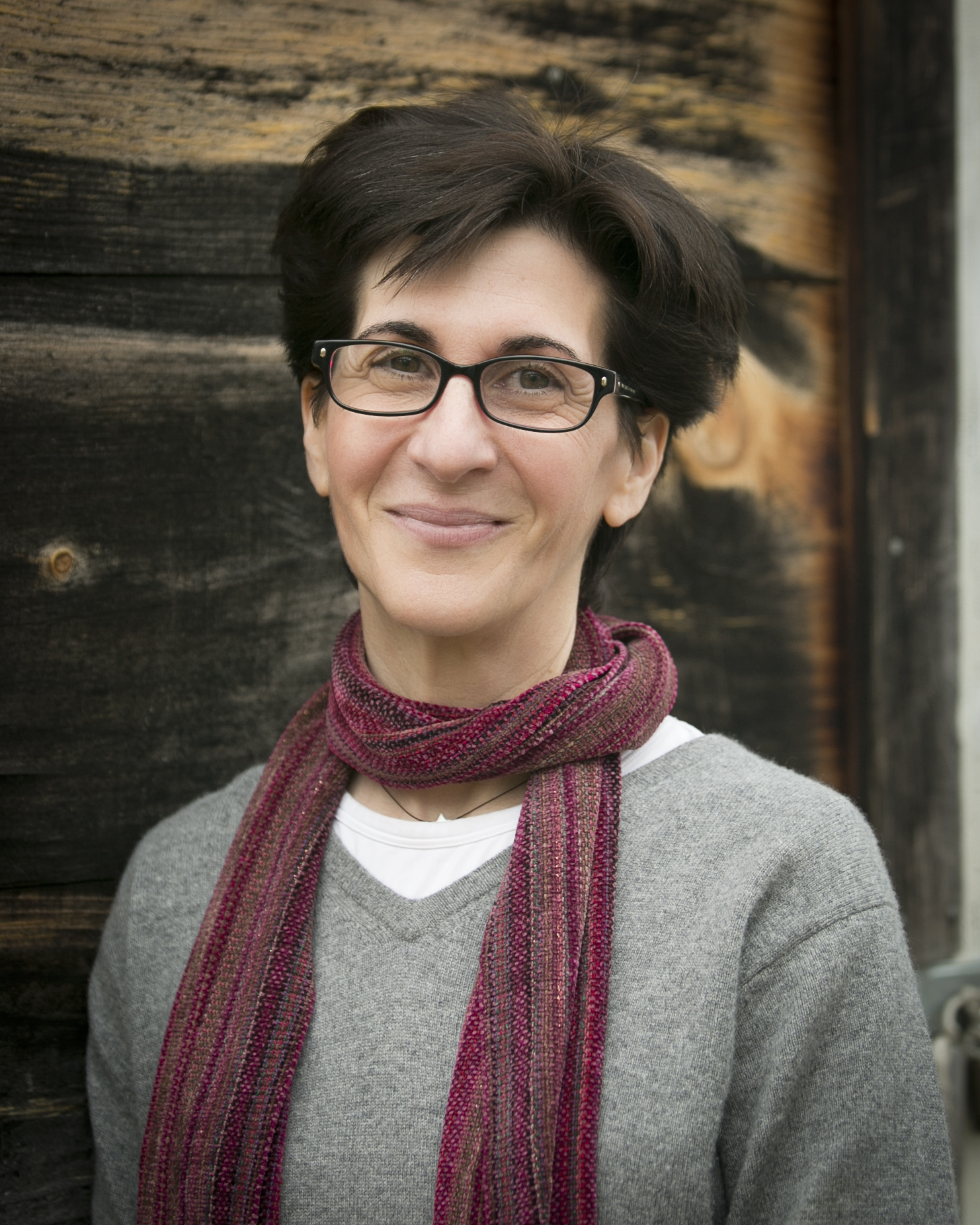FIFTY Study Page: Pennsylvania —”Three Men and a Bell”
FIFTY: Pennsylvania – “Three Men and a Bell“
*Each story in the FIFTY collection focuses on a remarkable American from a different state. Below are some recommended topics to inspire further investigation of the history and geography of the state, as well as themes that can support our children’s growth and development.
On September 16, 1777, three men — a sociable young Mennonite farmer, a seasoned old doorman of poor health, and an injured African-American carpenter — were given the grand task of hiding a uniquely symbolic … bell. This bell, which would one day be called the “Liberty Bell,” was big, heavy, and currently at the top of the Pennsylvania statehouse — and they had three days to get it out of town.
Pennsylvania History
- Timeline of Revolutionary War Events leading up to September 17 1777
- Study of Liberty Bell from casting to museum
- History of Philadelphia through Revolutionary War
Pennsylvania Geography
- Map of colonial Philadelphia
- Route taken for transporting Liberty Bell to Allentown
- Map of the taking of Philadelphia by British Army
Three Men and a Bell Study Topics
- Symbols of the Revolutionary War and America in general
Topics for ReflectionFrom a Child Development Perspective:
Sometimes we are drawn into friendships or working relationships with people we might not have expected. There are times when we find ourselves in warm and productive relationships with individuals that may be surprising to us. It is unlikely that a young Mennonite farmer, an old doorman, and an African-American carpenter would have guessed that they would find their way to each other as they did in our story.
The course of events can unfold in completely surprising ways. We might think we know who our best friends or work companions will be, and we may think we know how events will turn out, but we must always leave room for surprise. In 1777, England was confident that she would win the War of Independence. The American colonists could have assumed as much and surrendered, but knowing that there is always a possibility for the wind to change, the colonies persevered and ultimately won their independence.
What’s boring to you might be wonderful for someone else. Some people find satisfaction by trying many different things, while others are happy doing a few things with constancy. Mr. McNair had what he thought was the most important job there was — ringing the Statehouse bell. He did it day in and day out at, all different times of the day, over many years, and he took great pride in his work.
Symbols communicate. A symbol — something that stands for or represents something else — can remind us of what is important but otherwise would be hard to repeatedly explain and express. The bell that Mr. McNair tended and cared for represented all that was good, true, and beautiful about America. The Liberty Bell symbolized the colonies’ mission toward independence from England. This is why he protected it and refused it to be taken, lest it be melted down and turned into bullets.
People are often more capable than you think. Do not underestimate the capacities of an individual with differences in their physical abilities. Some of these individuals have to work harder and build perseverance and muscles that make them more productive and capable than they otherwise would have been. Absalom had an injured foot, but he was a very good carpenter, accurate, strong, and dependable! It was ultimately those strong shoulders of his that were needed to carry the Liberty Bell.
Let the work speak. Sometimes when we are looking for praise, the best thing we can do is to just do the work and let the quality of the work speak for itself. If we work for praise and acknowledgment, then we are working from the wrong motivation. While it is wonderful to be recognized for your hard work, that recognition in itself will likely not sustain you for long. Absalom was not looking for praise when he moved the bell, but rather working on behalf of his dedication to his country and the love of a job well done.
It is possible to work through the pain. Although it can be very challenging, it is possible to put your focus on other aspects of your life than just physical pain. It can be difficult living with pain, and yet Absalom models for us that even if our bodies are limited or if they are in pain, there is still plenty that we can accomplish in life and celebrate what our bodies can do.
It can take time for others to see all of us. People often make decisions based on the limited amount of information that they have about us without seeing our true selves. Absalom knew that he was much more than an enslaved man with physical strength. He knew that he was smart and skilled and that he needed to be patient so that others would see his true nature. And this proved true when it was his ingenuity that sparked the idea about how to move the Liberty Bell.
We are stronger together. We can accomplish so much more as a team than any of us could as individuals. The gifts from Absalom, Mr. McNair, and Frederick were all needed to bring the Liberty Bell to her new home so that she could ring proud and true, heralding America’s very first Independence Day.
About the authors
-

David Sewell McCann
Story SpinnerDavid Sewell McCann fell in love with spinning stories in first grade – the day a storyteller came to his class and captured his mind and imagination. He has been engaged in storytelling all of his adult life through painting, film-making, teaching and performing. Out of his experience as a Waldorf elementary class teacher and parent, he has developed a four step method of intuitive storytelling, which he now shares through workshops and through this website.
-

Meredith Markow
Sparkle Schoolhouse Head of SchoolMeredith has been working with adults and children of all ages for the past 25 years as a Waldorf Teacher and Educational Consultant. She received a B.A. with a focus on child development and child psychology from the University of Michigan, in 1984, an M.A. Ed from Washington University in 1987, and her Waldorf Teaching Certificate from the Lehrerausbildung (Teacher Training) in Nurnberg, Germany in 1989. She was certified as a Living Inquiries Facilitator in 2014, and she completed her formal teaching certification with The Enneagram Institute in 2014. Her work in the classroom and with individuals and groups is designed to help people of all ages to drop self-limiting beliefs to live a more joyful and compassionate life.




